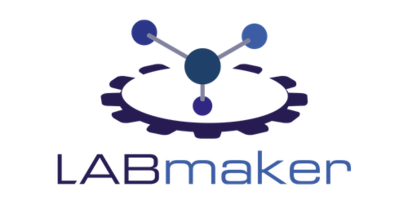Miniscope - Complete set of components
Founding developers Daniel Aharoni, Peyman Golshani, Alcino Silva, and Baljit Khakh
A Miniscope uses wide-field fluorescence imaging to record neural activity in awake, freely moving mice. It has a mass of 3 grams and uses a single, flexible coaxial cable for power, control signals, and imaging data. Using this system, it is possible to image the hippocampal CA1, subiculum, visual cortex and other areas using a GRIN lens.
The set for a fully functional Miniscope V3.2 unit contains:
- CMOS imaging sensor PCB presoldered to an excitation LED PCB and a COAX cable
- COAX cable extension (1m)
- Housing containing a dichroic mirror, an emission filter, an excitation filter and an achromatic lens (Effective Focal Length of 12.50 mm)
- Half ball lens
- Focusing slider with one set screw
- Stainless steel thread-forming screws for thin plastic (x6)
- TORX T1 screwdriver
- Hex wrench – 0.70mm
- Base plate with set screw
- GRIN lens by Grintech, 1.8/4.2 mm, NA0.5, pitch 0.25, 4th order index of refraction profile, working distance 0, bio-compatible glass
- Metal sleeve for thin GRIN lens (Relay lens imaging)
- Assembly does not require soldering
NOTE: From now on, the Miniscope components set comes with an updated coaxial cable and extension. The new cable diameter has been reduced to just 1.13mm, in replacement of the previous version with 2.80mm. This allows more flexibility in the movement and reduces the stress on the wire.
For imaging with the Miniscope you need a Data Acquisition Controller connected via USB 3.0 to a computer with the UCLA data acquisition software installed.
Using a miniscope
is straightforward when you follow the detailed UCLA step-by-step instructions. (requires prior registration with miniscope.org)
Experimental timeline (by Denise Cai)
- A-100 Miniscope recording on a linear track
- A-110 Imaging GCamp6F in CA1 using the miniscope
- B-100 Imaging a test slide expressing TetTag GFP
- B-110 Miniscope baseplate preparation
- B-120 Miniscope baseplate surgery
- B-130 Handling the animal for miniscope attachment
- B-140 Attaching the miniscope
- B-150 Removing the miniscope
- B-160 Setting miniscope focus height
- PP - GRIN lens implantation surgery
- PP - Image processing and analysis
- Workshop: Imaging Principles and Microscope Design (5.1GB)
- Working with animal behavior [login to miniscope.org beforehand]




